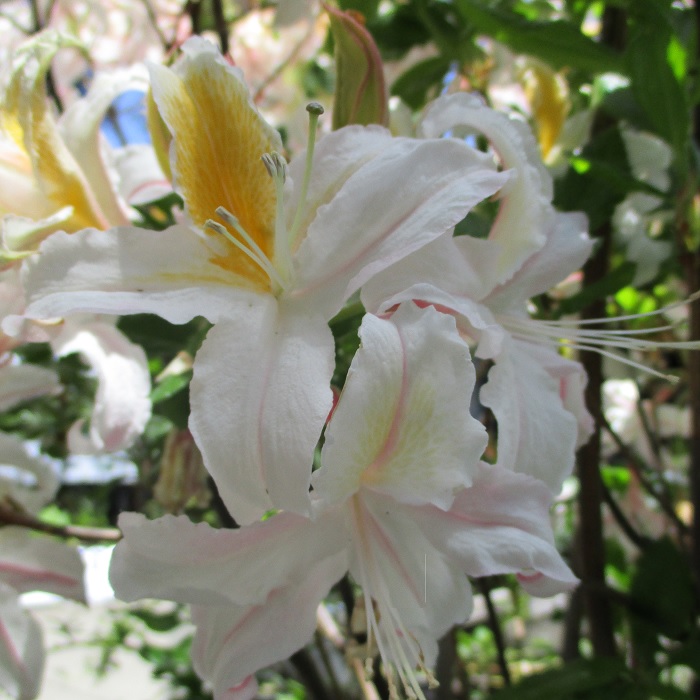UNITED STATES—For a while last winter, it seemed like the rain would never stop. Obviously, it did. The warm spring weather that followed helped plants to take advantage of the rare surplus of moisture. Desert wildflowers were more colorful than they had been in many years, and maybe since 1983 in some areas. Now the weather is back to normal for here, and we must water our gardens accordingly.
There is nothing natural about irrigation (watering); but then, there is nothing natural about gardening or landscaping. Most of the plants in common landscapes are not native. They were imported from vastly diverse regions with very different climates. Because this happens to be a semi-arid ‘chaparral’ climate, most plants want more moisture than they would get here naturally from rain.
Adapting unnatural irrigation to unnatural landscaping sounds easy enough. The problem is that the many different types of plants from so many different climates each want something different. Also, some plants need unnaturally frequent irrigation to sustain unnatural behavior. For example, lawn grass that would naturally go dormant after a dry summer needs water to stay green all year.
Lawn grasses have finely textured roots near the surface of the soil, so they want frequent irrigation. Trees within lawns might want larger volumes of water to reach lower roots, but do not like frequent irrigation that keeps the surface of the soil moist. The sort of regular irrigation that is good for lawn promotes shallow tree roots that ruin lawns and pavement, and are not exactly ideal for stability.
Automated irrigation is usually set to operate very early in the morning, and finish before anyone in the home is likely to be outside, or using much water inside. (Other water use can compromise pressure.) Less water evaporates before the sun comes up. Watering before midnight might seem like a better idea, but keeps foliage wetter longer, so it might promote fungal diseases such as mildew. Frequency and duration (volume) of irrigation require occasional adjustments to adapt to the weather.
Highlight: western azalea
We think of rhododendrons and azaleas as being from cooler and moister climates. After all, that is where they do best. Yet, there does happen to be a native western azalea, Rhododendron occidentale, that lives in the Sierra Nevada and coastal ranges from San Diego County to just southwest of Portland, Oregon. (Azalea and Rhododendron are varied specie of the same genus.) Bloom is mostly white, with pink, pale yellow or golden orange. Some of the fancier garden varieties bloom clear white, or with more vibrant color. The lightly fragrant, two-inch wide flowers bloom in groups of two or three on open conical trusses. Each truss produces as many as a dozen flowers in sequence, so a new flower replaces a fading flower for a bit more than a week each spring.
Western azaleas plants are unfortunately not much to look at after bloom. They grow somewhat slowly and irregularly to about three to five feet tall. The two or three inch long deciduous leaves that can turn yellow and orange where autumn is cooler are more likely to turn an unimpressive grayish brown here. Foliage can fade prematurely if the weather gets too hot and arid through summer.




